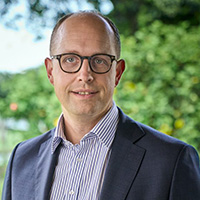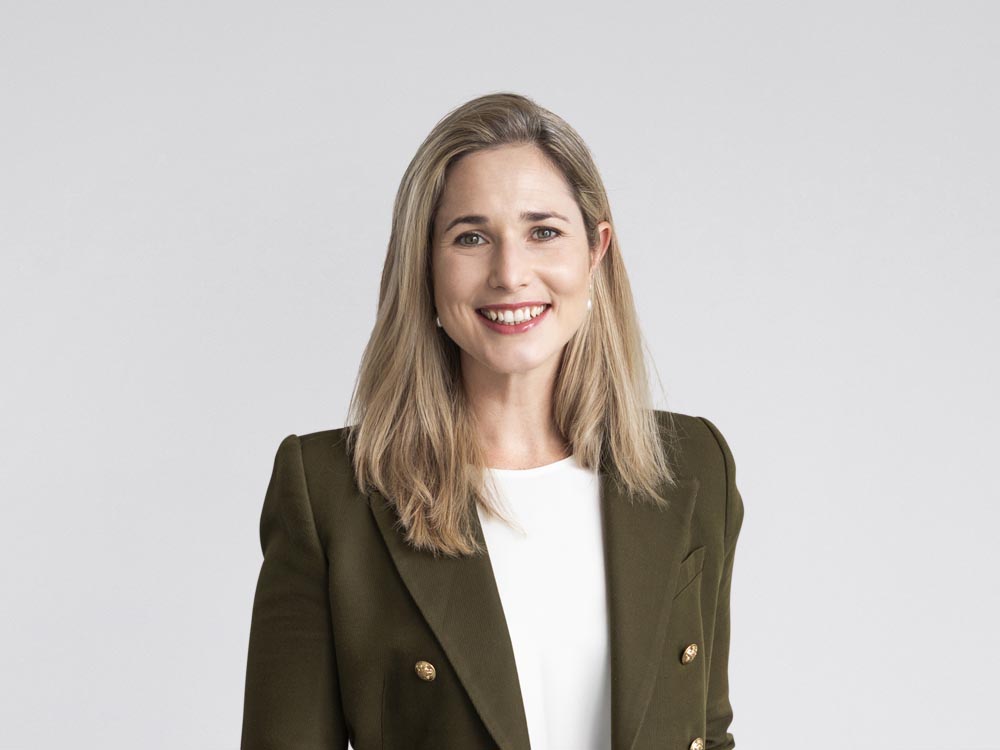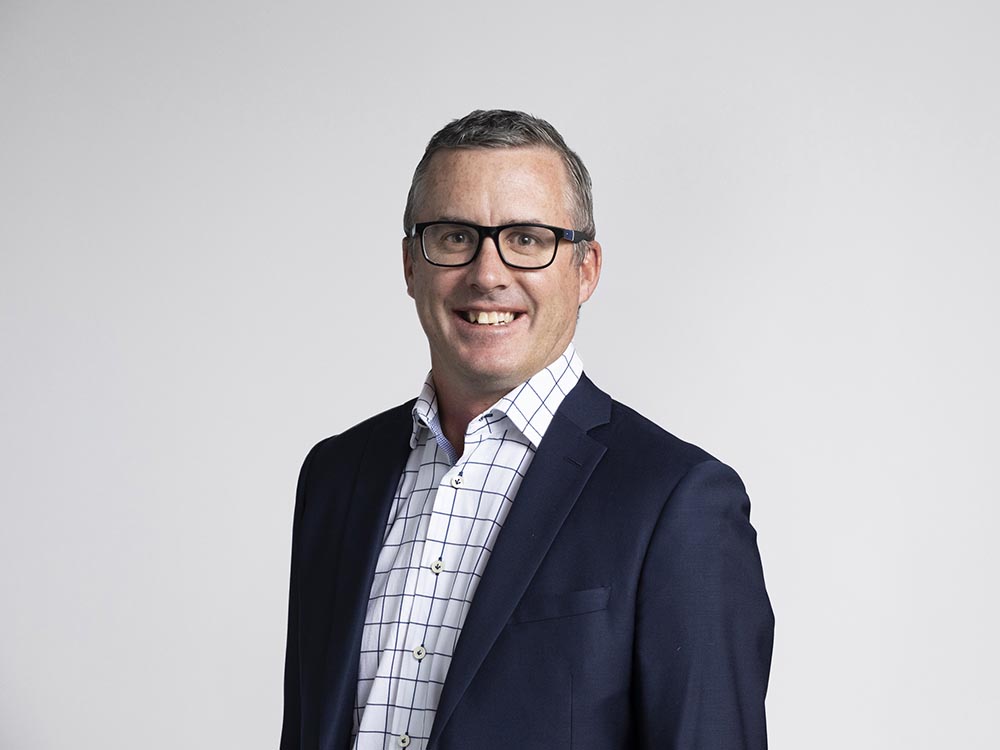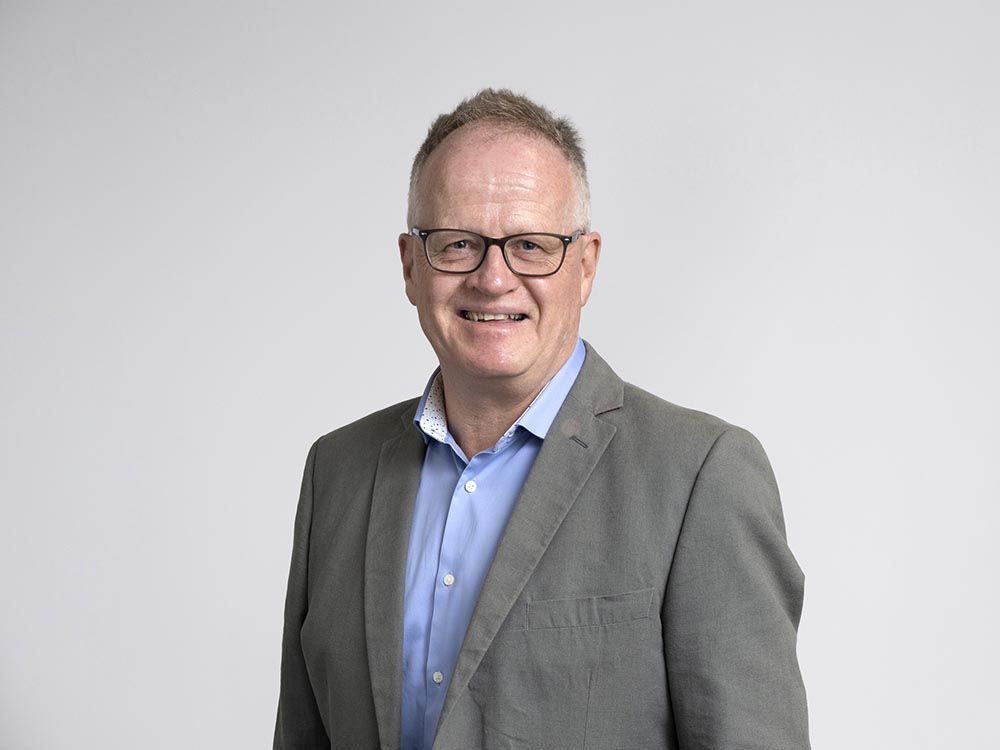It has been two years since Channel Infrastructure, formerly Refining NZ, decommissioned its Marsden Point oil refinery. Channel now operates as a fuel import terminal for the import, storage, testing and distribution of around 40% of New Zealand’s refined transport fuels and 80% of New Zealand’s jet fuel.
With a renewed focus on its capabilities as a fuel infrastructure company, Channel believes it can play an important role in helping to decarbonise the aviation sector. It is partnering with global green energy developer, Fortescue, to investigate the production and distribution of synthetic sustainable aviation fuel (eSAF).
MinterEllisonRuddWatts partner, Stephanie de Groot recently caught up with CEO of Channel, Rob Buchanan, to zero in on Channel’s vision for eSAF, including how to unlock its potential in New Zealand.
The challenge of decarbonising aviation
As an isolated nation, heavily reliant on air travel for both domestic and international tourism and on the export of time sensitive products by air, aviation is critical for New Zealand. Aviation currently relies on an emissions-intensive fossil fuel, kerosene. As a result, we have some of the largest per capita domestic aviation emissions in the world [1]. The emissions caused by international aviation are also significant and growing. In 2019, the estimated emissions from fuel taken on board ships and planes in New Zealand equated to around 9% of our total net greenhouse gas emissions that year (a 51% increase since 2009). [2]
However, aviation is not an easy-to-abate sector. Three technologies are commonly considered as a replacement for jet fuel: green hydrogen [3], batteries, and sustainable aviation fuel (SAF). Green hydrogen is not yet technically feasible for long-haul commercial aviation. It would require new engines and storage facilities and hydrogen aircraft are not currently able to travel long distances. Battery technology also has significant limitations, not least the weight of the batteries.
The only immediate solution for decarbonising medium to long-haul aviation is SAF.
What is SAF?
SAF is a “drop in” fuel, meaning that it can be blended with traditional jet fuel in existing fuel infrastructure and aircraft engines today.
There are two forms of SAF:
- Biogenic SAF, which is produced from organic feedstocks, for example fats, oils, woody residues, and municipal waste; and
- eSAF, which is a synthetic product created by combining green hydrogen with carbon dioxide to make a hydrocarbon that can be refined into jet fuel. The key feedstocks are renewable electricity and water.
SAF has been successfully blended up to 50% with ordinary jet fuel already and, in November 2023, Virgin Atlantic received special permission to undertake a 100% SAF flight from London to New York. Back home, Channel has taken a cargo of SAF through its system as a trial, and Air New Zealand recently announced a significant purchase of SAF from Finnish producer, Neste.
Channel’s eSAF project
Since 2021, Channel has partnered with Fortescue to investigate the feasibility of manufacturing eSAF at Marsden Point. The eSAF project was borne out of a broader investigation into the potential of green hydrogen. Recognising the challenge facing the aviation sector, green hydrogen became, rather than the end goal, part of the chain to help enable decarbonisation. Production of eSAF avoids the challenges of sourcing organic feedstocks at the scale required to fuel large aircraft flying long distances.
A pre-feasibility study is now underway to investigate the development of a 300 MW, c.60 million litre per-year eSAF production facility (including producing green hydrogen onsite) at Marsden Point, with the eSAF to be distributed via the existing Marsden Point to Auckland Pipeline that supplies Auckland International Airport. If feasible, this will be one of the first at-scale projects in the world to produce eSAF.
Channel and Fortescue have a collaborative partnership which Buchanan says plays to each party’s relative strengths. Fortescue provides vital global experience, technical know-how, and capital and Channel brings the enabling infrastructure and location which provide crucial links to the aviation supply chain. There is a confluence of favourable factors at play at Marsden Point: a large, underutilised site with attractive zoning and existing resource consents, existing world class infrastructure, proximity to the electricity transmission network, and connection to New Zealand’s fuel supply chain. Sites like this are rare globally, let alone in New Zealand, and this puts Channel in a unique position to move quickly forward with renewable fuels production.
The eSAF project also provides an opportunity to build New Zealand’s energy resilience. As international demand for SAF grows, domestic production on site is a key part of ensuring New Zealand’s supply. Buchanan says: "I absolutely want to see SAF imported through our infrastructure, but I think there’s a unique opportunity to restore manufacturing at Marsden Point by developing local SAF production, which will also provide domestic fuel resiliency, significant domestic economic development opportunities particularly in Northland and leverage the opportunity that we have with the Marsden Point site."
There is also a significant national demand response benefit given the speed at which an electrolyser can be turned down if needed.

I absolutely want to see SAF imported through our infrastructure, but I think there’s a unique opportunity to restore manufacturing at Marsden Point by developing local SAF production, which will also provide domestic fuel resiliency, significant domestic economic development opportunities particularly in Northland and leverage the opportunity that we have with the Marsden Point site.
So, what are the challenges?
Producing eSAF requires a significant amount of renewable electricity. Fortescue has entered memoranda of understanding with Mercury, Manawa Energy, Yinson Renewables and Top Energy to support the provision of renewable energy for the project. Buchanan doesn’t see any shortage of renewable electricity projects in New Zealand – the challenge to date has been bringing them to market. He urges the Government to deliver on its renewable energy targets, not just for projects like this but because of the far-reaching benefits. With the cost of electricity being an input into almost everything, building more renewables is the only way to bring down the cost of electricity in order to reduce the cost of living and incentivise manufacturing in New Zealand.
The biggest challenge is cost. SAF (especially eSAF) is a lot more expensive to produce than jet fuel today. Buchanan says the use of the Marsden Point site helps as there will be no need to transport large volumes of feedstocks over great distances. However, to really make the eSAF project economically viable, there needs to be certainty that there will be a buyer for the product. Buchanan sees a role for Government here, but he’s not asking for a subsidy. As more SAF production comes online globally, over time, the cost is expected to come down as well.
Mandates are key
Currently, international aviation emissions are not included in New Zealand’s target for reducing greenhouse gas emissions by 2050. However, the Climate Change Commission has recently consulted on whether that should change [4].
The International Civil Aviation Organization has adopted a long-term global aspirational goal for international aviation of net-zero carbon emissions by 2050 [5]. This is unlikely to be met without domestic targets and policies helping to drive change in the market. The power that mandates can have on driving change can be seen in other jurisdictions. Mandates set by the UK, EU, and USA [6] are creating significant demand.
Buchanan adds his voice to the recent call from Air New Zealand chair, Dame Therese Walsh, for Government mandates for SAF use [7]. He suggests any consequent rise in flight prices could be managed by starting small with incremental increases in the mandated percentage of SAF. As manufacturing is scaled up and the technology improves, the costs of manufacturing SAF should come down, just as it has for other renewable technologies like solar and wind. The UK Government has recently published the full policy detail of its SAF mandate designed to drive demand, enable emissions reductions, and provide investor confidence and Buchanan points to this as a workable example. [8]
Focus on the problem and your strengths
Buchanan’s advice to other organisations looking to contribute to New Zealand’s (and their own) decarbonisation journey is two-fold:
- Identify and concentrate on areas where there is a real problem to solve rather than starting with a “solution that’s looking for a problem”. As a small island nation heavily reliant on tourism and exports, the challenge of decarbonising aviation is a real problem for New Zealand.
- Be ruthlessly focused on your organisation’s strengths and don’t shy away from seeking help from others where you lack the know-how. Partnerships add real value.
This advice shines through strongly in Channel’s drive and commitment to its eSAF project, its collaborative partnership with Fortescue, and its quest to help decarbonise the aviation sector.
Footnotes
[1] Transitioning-to-low-emissions-domestic-aviation-in-New-Zealand_A-detailed-technical-options-analysis.pdf (araake.co.nz), p.6
[2]Climate Change Commission Discussion Document: Review on whether emissions from international shipping and aviation should be included in the 2050 target, and if so how, April 2024, p.21
[3] Hydrogen produced by electrolysis using electricity from renewable sources.
[4] Climate Change Commission Discussion Document: Review on whether emissions from international shipping and aviation should be included in the 2050 target, and if so how, April 2024.
[5] Long term global aspirational goal (LTAG) for international aviation (icao.int)
[6] Climate Change Commission Discussion Document: Review on whether emissions from international shipping and aviation should be included in the 2050 target, and if so how, April 2024, see pp.37-38 for examples of aviation action by some major economies.
[7] Air NZ calls for Govt mandate to drive sustainable aviation fuel use (newsroom.co.nz)
[8] Aviation fuel plan - GOV.UK (www.gov.uk)








